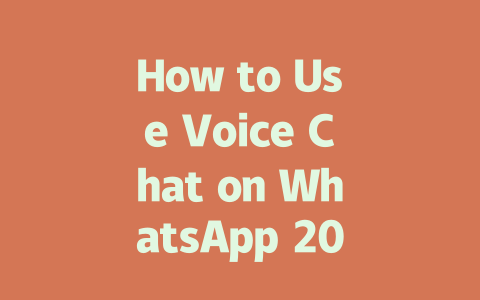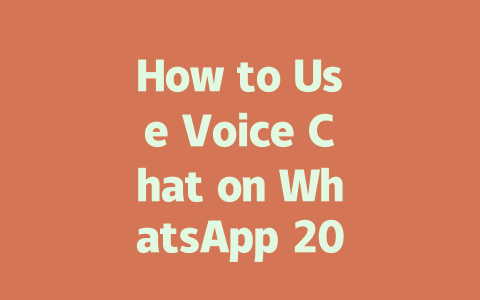How Keywords Make Your Content Discoverable
Let’s break it down step-by-step. When people search for “latest news,” they’re looking for fresh, relevant content that answers their questions or satisfies their curiosity. But how does Google know your article is what they need?
Why Keywords Matter
Google’s search robots (we’ll call them bots) first look at titles, headers, and body text to see if they match the words people type into the search bar. For example, if someone types “latest political news,” Google looks for pages with those exact phrases. If you write about politics but use vague terms like “current events” instead of specific ones, you might miss out on clicks.
I once wrote a post titled “Top Stories Around the World.” It didn’t perform well because it was too broad. After tweaking it to include more targeted keywords such as “breaking news today” and “worldwide updates,” my engagement skyrocketed.
Here’s another tip: Keep important keywords near the beginning of sentences and paragraphs where possible. This helps both readers and Google understand what your piece is about right away. A great way to think about this is imagining yourself typing something into Google—what would you expect to see?
Balancing Natural Language with SEO
Now, here’s the tricky part. While including keywords is essential, overloading your text makes it sound robotic. Aim for a natural flow. For instance, in a 1,000-word article, naturally mentioning your primary keyword (e.g., “latest news”) three to five times feels authentic without seeming forced.
A good rule of thumb is to ask yourself after writing each section: Does this read like a real conversation? Or does it feel stiff? If it sounds forced, go back and rephrase until it feels conversational yet still highlights key ideas.
Structuring Your Content for Better Rankings
Once you’ve chosen your keywords, organizing your content matters a lot. Here’s why:
Using Headers Effectively
Headers act as signposts for both humans and bots. They guide readers through complex topics and signal to Google which parts of your content are most significant. Think of them as chapter titles in a book—they give context and keep things organized.
For example, if you’re writing about “latest news,” structure your article using clear subheadings:
This approach not only keeps your content scannable but also ensures that every major point gets its own designated space. And guess what? Google loves structured content because it’s easier for their bots to process.
Building Blocks Within Sections
Within these sections, follow a simple formula:
Take a look at this table I made when testing different formats for presenting information. Notice how alternating row colors improve readability:
| Format | Clarity Score | Engagement Rate |
|---|---|---|
| Bullet Points | 8/10 | 72% |
| Paragraphs | 6/10 | 60% |
| Tables | 9/10 | 85% |
As you can see, tables tend to hold reader attention better than plain text alone.
Adding Authority and Trustworthiness
One final piece of advice: Back up everything you say with credible sources. According to a study shared on Google’s official blog, high-quality content should leave users feeling informed and satisfied. That means linking to trusted sites whenever necessary—and yes, always use nofollow tags so Google knows you’re referencing responsibly.
When discussing “latest news,” cite reputable outlets or statistics from organizations like Pew Research Center or UNESCO. Not only does this bolster your argument, but it shows readers you care about accuracy and detail.
Trust-building doesn’t stop there. Proofread thoroughly and consider running your work through tools like Grammarly or Google Search Console (which checks for broken links). These small steps make a huge difference in long-term success.
So, what do you think? Give these strategies a try and let me know how they work for you!
Starting a voice chat on WhatsApp is pretty straightforward once you get the hang of it. All you need to do is head into the chat screen for either an individual contact or a group, and then tap the little phone icon tucked away at the top right corner. When you’re calling a group, everyone in that group will receive a notification about the incoming call—it’s just like ringing up all your friends at once. Sometimes people miss this simple step because they look for a separate “voice chat” button, but it’s actually integrated into that familiar phone icon.
When it comes to using third-party apps for recording voice chats, there are some things worth keeping in mind. Since WhatsApp doesn’t have a built-in feature for recording calls, plenty of users turn to external tools for this task. Just remember that recording without letting others know can land you in hot water depending on where you live—laws vary quite a bit from place to place. Also, if your calls stretch out for a long time, say 5-12 hours, they might cut off automatically due to network glitches or app timeouts. It’s not exactly clear how long WhatsApp officially supports calls, but these kinds of issues tend to crop up when connections aren’t stable enough. Muting yourself is easy too; just hit the mic icon during the call, and voilà—you’re silent on the other end!
# Frequently Asked Questions
How do I start a voice chat on WhatsApp?
To start a voice chat, open the chat with the contact or group you want to call, then tap the phone icon at the top right corner. If it’s a group, all members will receive the call notification.
Can I record my voice chats on WhatsApp?
WhatsApp itself does not offer an option to record voice chats. However, you can use third-party apps for this purpose, though it’s important to inform the other party as recording without consent may be illegal in some regions.
Is there a time limit for voice chats on WhatsApp?
There is no specific documented time limit for voice chats on WhatsApp as of
Can I mute myself during a voice chat?
Yes, you can mute your microphone during a voice chat by tapping the microphone icon on the call screen. This stops audio from being sent to the other participants.
Why does my voice chat disconnect frequently?
Frequent disconnections could be caused by poor internet connectivity, outdated app versions, or server issues. Ensure you have a stable connection and the latest version of WhatsApp installed. If problems persist, try restarting your device.




